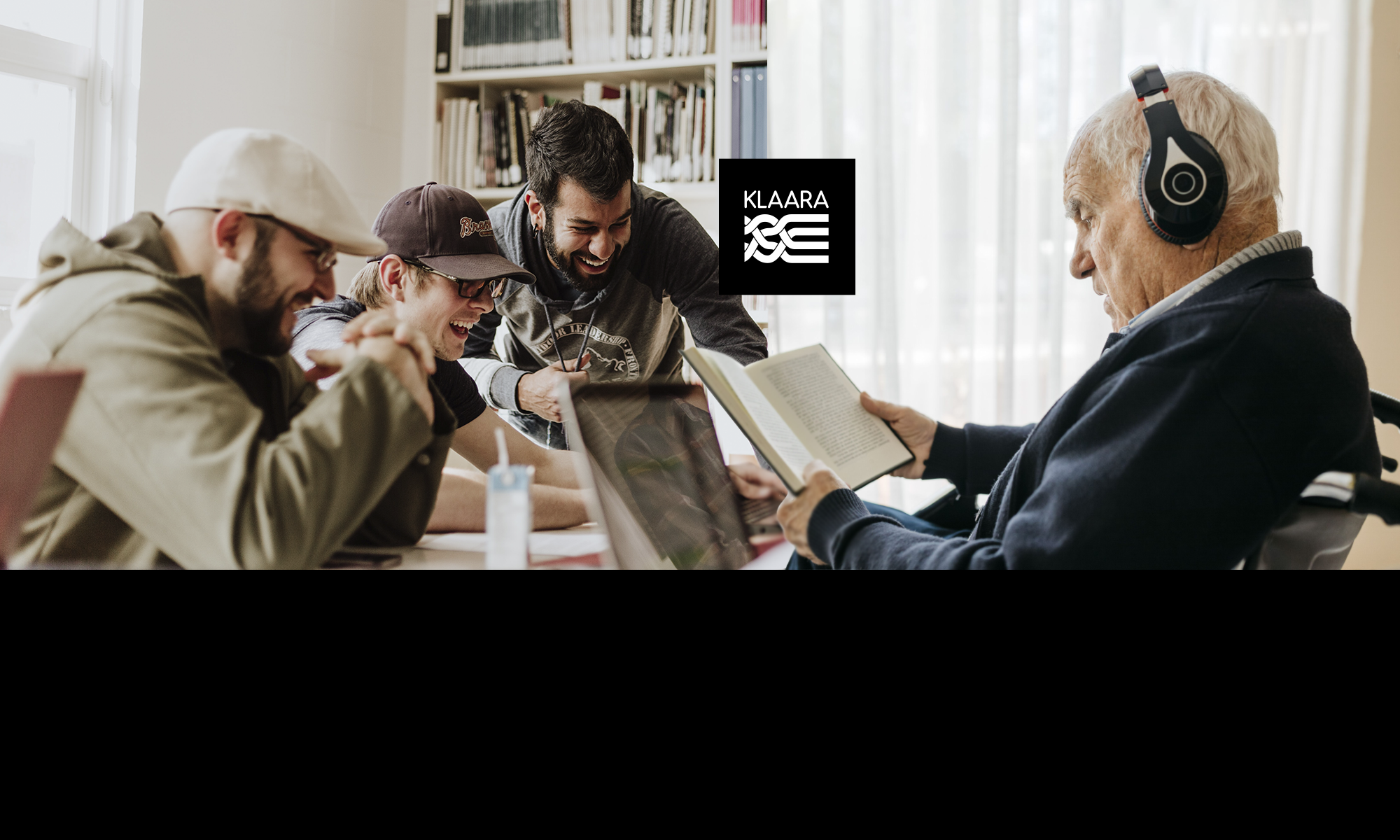The writer of the blog: Silvia Hansen-Schirra
The role of intuition for Easy Language
Our intuition typically tells us quite well whether a text is good or bad, whether it is comprehensible or not. But what if the target reader has special communication needs? This is for instance the case for people with cognitive impairments or learning difficulties. Of course, Easy Language can be applied to make texts more accessible for them. But do they also have an intuition for the quality of these texts? Are they able and willing to accept and process texts which are not easy enough? One might argue that we can simply ask the target group readers and let them judge upon the quality of a text. But then other questions arise: Are reading processes always consciously observable? Can we deliberately recall them? And how do we know where the actual problems of understanding are in the text? Are terms problematic? Or is it all about complex syntax or semantic ambiguities?
At least in Germany, the first sets of rules for Easy Language were developed from a practical perspective (the rules by Inclusion Europe and the Netzwerk Leichte Sprache). They were also based on intuition. Later, the publication of the Duden Leichte Sprache (Bredel & Maaß 2016) provided us with a scientifically-based linguistic foundation. However, the research gap still exists: We still do not know how efficient these rules are for different target groups. Can we really trust our intuition concerning text comprehensibility? Does Easy Language really help making information easier to read and thus more accessible?
Making things more objective – or look into my eyes, baby!
Our research group „Simply complex! A multimodal and interdisciplinary approach to examine linguistic complexity within Easy Language” at the University of Mainz in Germany focuses on the existing research gap: our major objective is the investigation of the empirical validity of the postulated rules for Easy Language. Therefore, we conduct multimodal studies which also serve to develop a neurobiologically-feasible model of Easy Language. What does this mean exactly? We try to investigate the cognitive processes involved in reading and understanding Easy Language texts. For this purpose, we use methods such as EEG (electroencephalogram), fMRI (functional Magnetic Resonance Imaging) – both techniques, which you may know from the doctor or the hospital – and eyetracking.
Let’s focus on the latter since it becomes more and more popular among the Easy Language research community. With this method, eye movements are recorded and quantified. We distinguish between fixations (areas the eye stops on) and saccades (jumps between fixations). Moreover, regressions can be identified, i.e. when the eye jumps back to previous text. Eyetracking research is based on the eye-mind hypothesis (Just & Carpenter 1980), which assumes that there is a relation between what is being fixated and what is being processed.
What the eyes reveal…
But how can we make use of eyetracking recordings in terms of comprehensibility research? The following figure shows a so-called gaze plot, in which single fixations are visualized. The bigger the fixation, the longer the reading time on the specific word. The German sample text includes anglicisms, which – depending on their usage frequencies – cause longer reading times for readers with communication barriers.

The second figure shows a so-called heat map while reading a hyphen-segmented compound. Red areas indicate longer reading times or more fixations. This example shows that the two nouns making up this compound are processed separately, which might lead to irritations during the semantic integration of the word in the mental lexicon. This in turn might lead to misinterpretations of the compound or misunderstanding.

Our research group uses – among other methods – eyetracking methodology to evaluate Easy Language texts. This method allows us to make reading behavior observable and quantifiable and to draw conclusions on conscious as well as unconscious reading processes. By triangulating this kind of data with comprehensibility ratings and tests, we can identify whether existing rules are efficient and whether there are differences depending on the readers’ communication barriers. Finally, we will be able to suggest optimizations or specifications concerning the rules, which better meet the specific demands of the target groups.
About the writer:
Silvia Hansen-Schirra is Professor for English Linguistics and Translation Studies and Director of the Translation & Cognition (Tra&Co) Center at Johannes Gutenberg University Mainz in Germersheim. She is the co-editor of the book series ”Translation and Multilingual Natural Language Processing” and “Easy – Plain – Accessible”. Her research interests include machine translation, accessible communication and translation process research.
Literature:
Bredel, U.; Maaß, C. (2016). Leichte Sprache. Theoretische Grundlagen und Orientierung für die Praxis. Berlin: Duden.
Just, M.A.; Carpenter, P. (1980). A theory of reading: From eye fixations to Comprehension. In: Psychological Review, 874, 329-354.

Dear Silvia,
Thank you for bringing up an interesting research gap! It’s important to find out how efficient the rules for easy language are because only then it becomes possible to make information-based generalizations about accessible language. I’m sure your research also produces valuable information about individual variation within the target groups. I’m looking forward to the results!
Dear colleague,
thank you so much for your feedback. Please refer to our research groups’ website for further information on publications as well as to the book series, which I co-edit together with Christiane Maaß, where we also publish our results:
https://www.blogs.uni-mainz.de/fb05leichtesprache-eng/talks-and-publications/
https://www.easy-plain-accessible.com/ressources/book-series-publications/